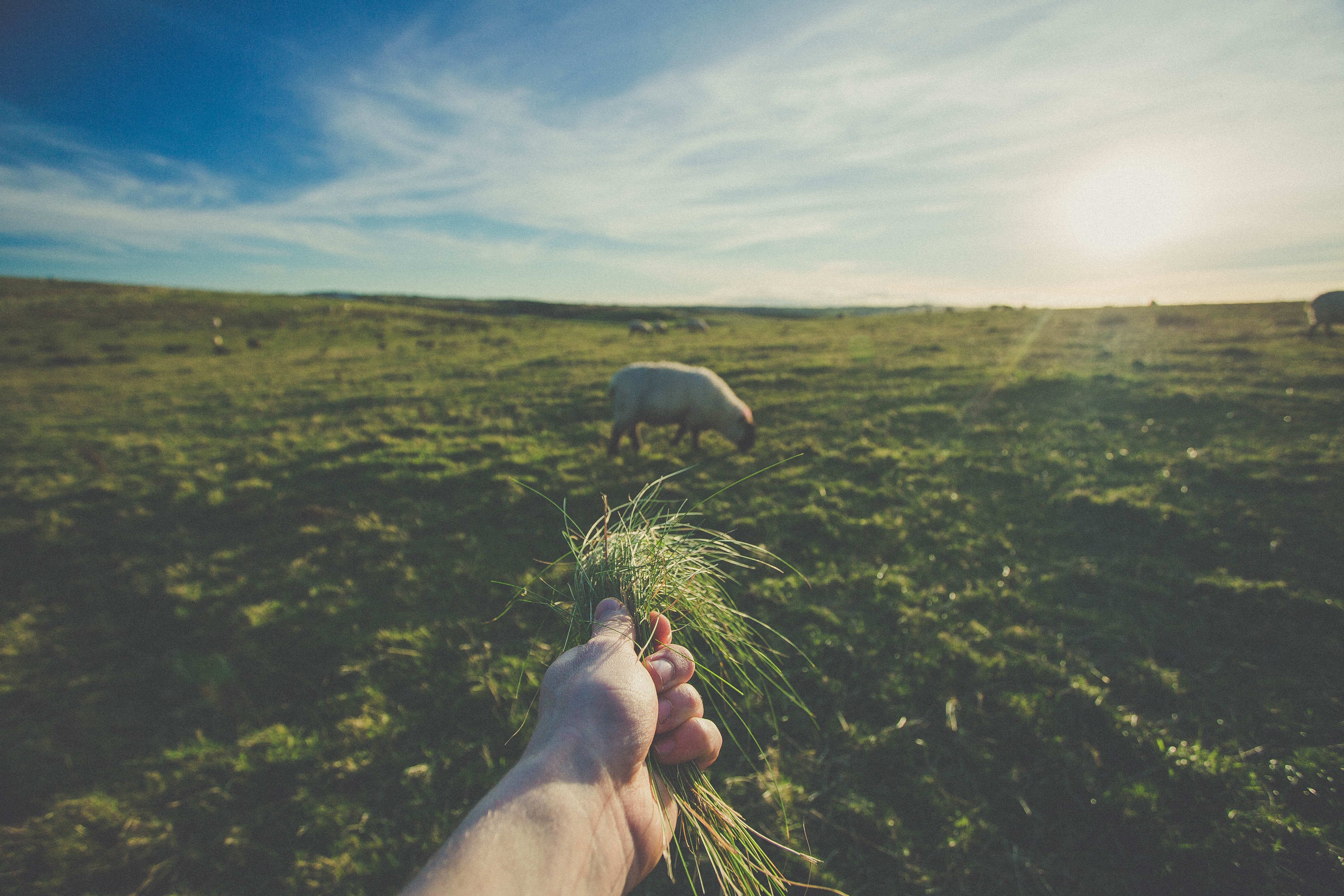
Sitting here looking out the window of my office at a very blustery and unsettled day I am certainly glad to have the comfort of four walls to keep me away from the elements. While winter may have its charming points, by and large most people find it very tough to remain out and about in what could be almost considered hurricane like conditions. Up until this point’ winter in Ireland has actually been reasonably mild and dry, meaning that whenever I have been outside working at my other job (farming) alongside my father, it does not take very long to work up a sweat and start removing some of the thick layers of clothing to help cool down. However as January draws to a close it is definitely artic weather in the midlands and very few must look forward to having to brave the elements at any stage in the near future.
But happier thoughts do come to mind. Days already start to grow longer (affectionately referred to “as a great stretch in the evenings” by Irish people) and I recently noticed daffodils emerging from the earth, these two signs combined can at least remind us that better times are coming and winter will not last forever.
Spring is probably all farmers favourite period of the year, but is also the busiest so is often anticipated with a great deal of apprehension. For us, it means tilling the ground to prepare for sowing barley that will eventually be harvested and sold to the malting company I happen to work for. Spring is a time of new life, both of plants and animals. Birds can be the quickest to react to temperature change and we will be sure to see some chickens hatching as soon as the mother hens think the time is suitable. Our small herd of beef cows will commence calving in three or four weeks, followed very soon by our flock of extremely contrary ewes. While sheep are much smaller than cattle they seem to demand more attention than their larger compatriots. Therefore much of March and early April will be spent in the lambing sheds and paddocks with many expectant mothers as they deliver new life which will soon populate the grassy meadows on our farm.

Obviously there are more negative aspects to what is a very tough industry to work in. Livestock losses, poor harvests and bad market prices are all concerns for any farmer as they commence the forthcoming year but looking out at the gale force wind blowing through trees branches today, only more positive thoughts of the future (mostly involving sunshine) come to mind.
Paddy Delaney
RYEurope board member
